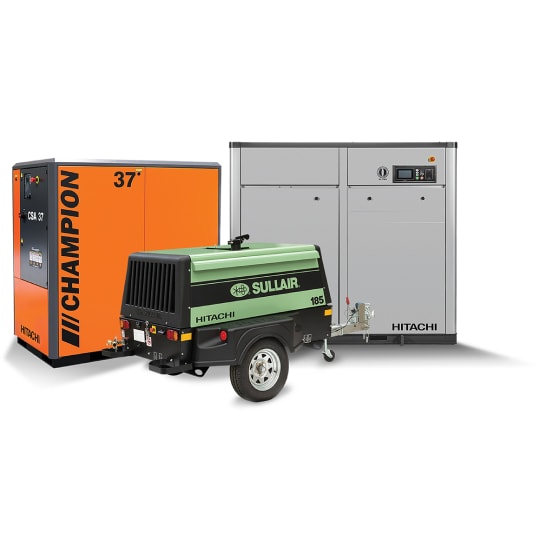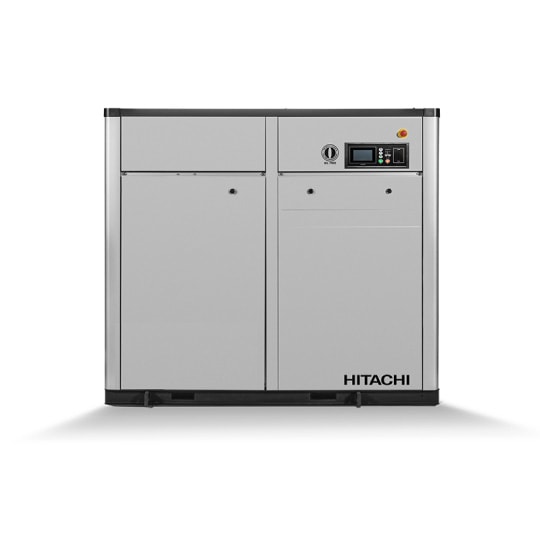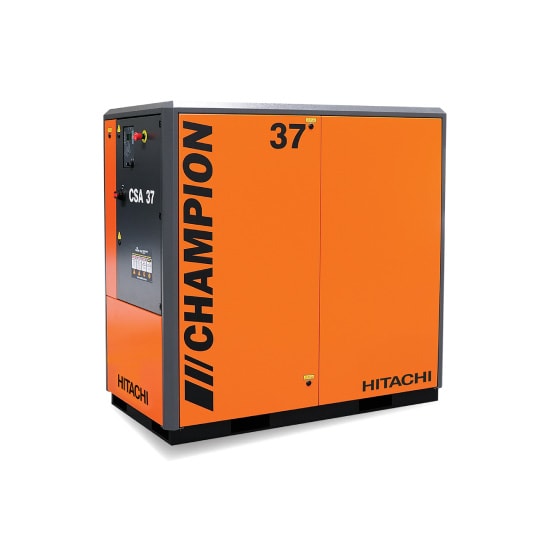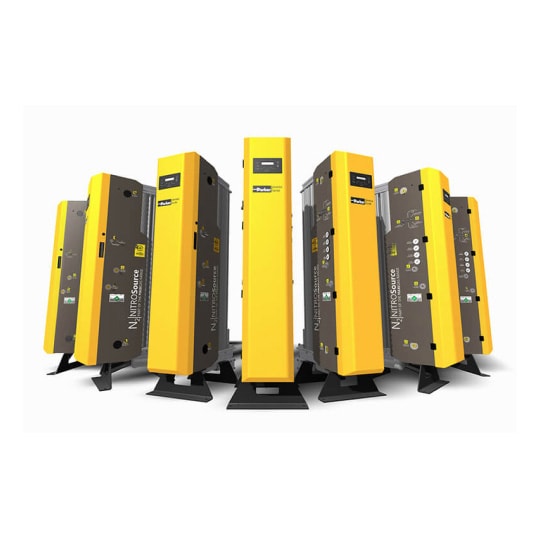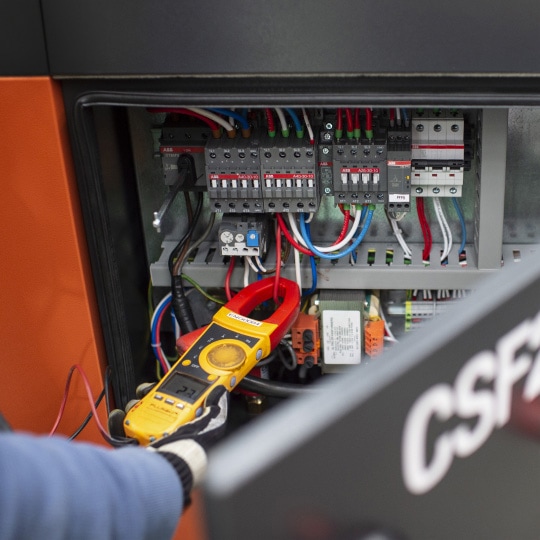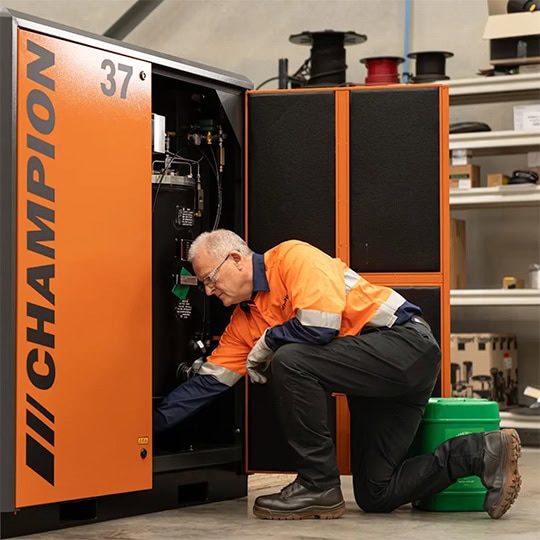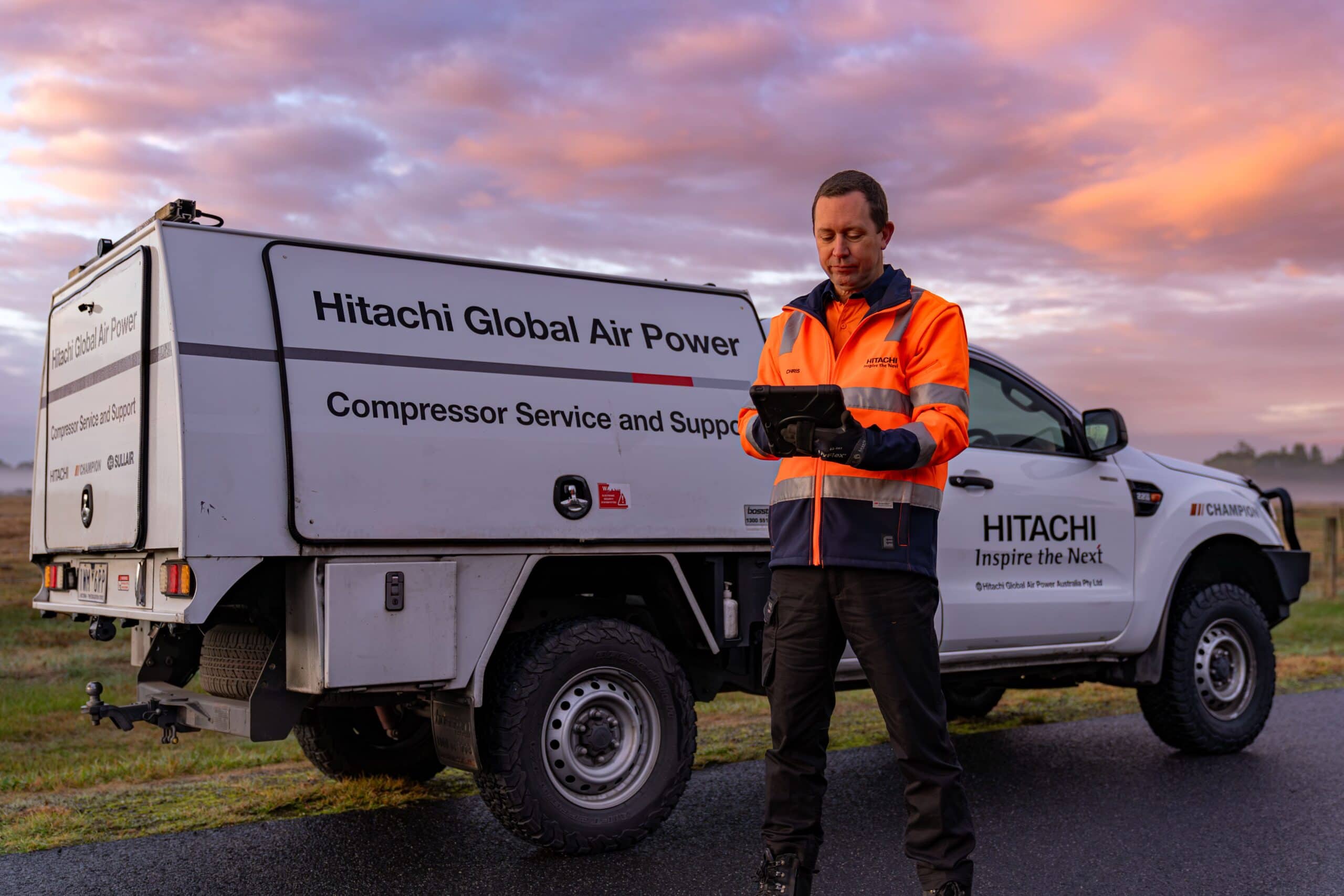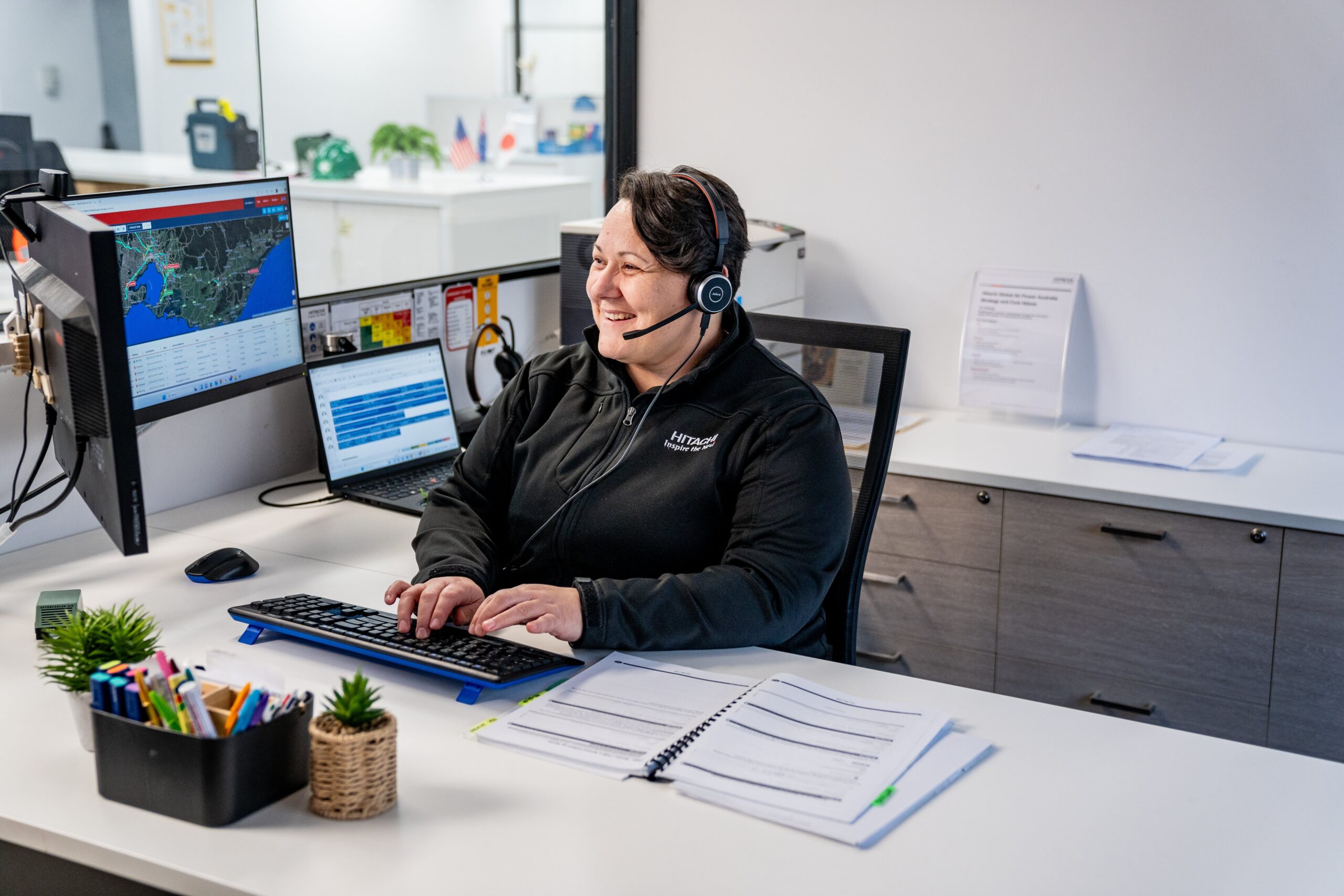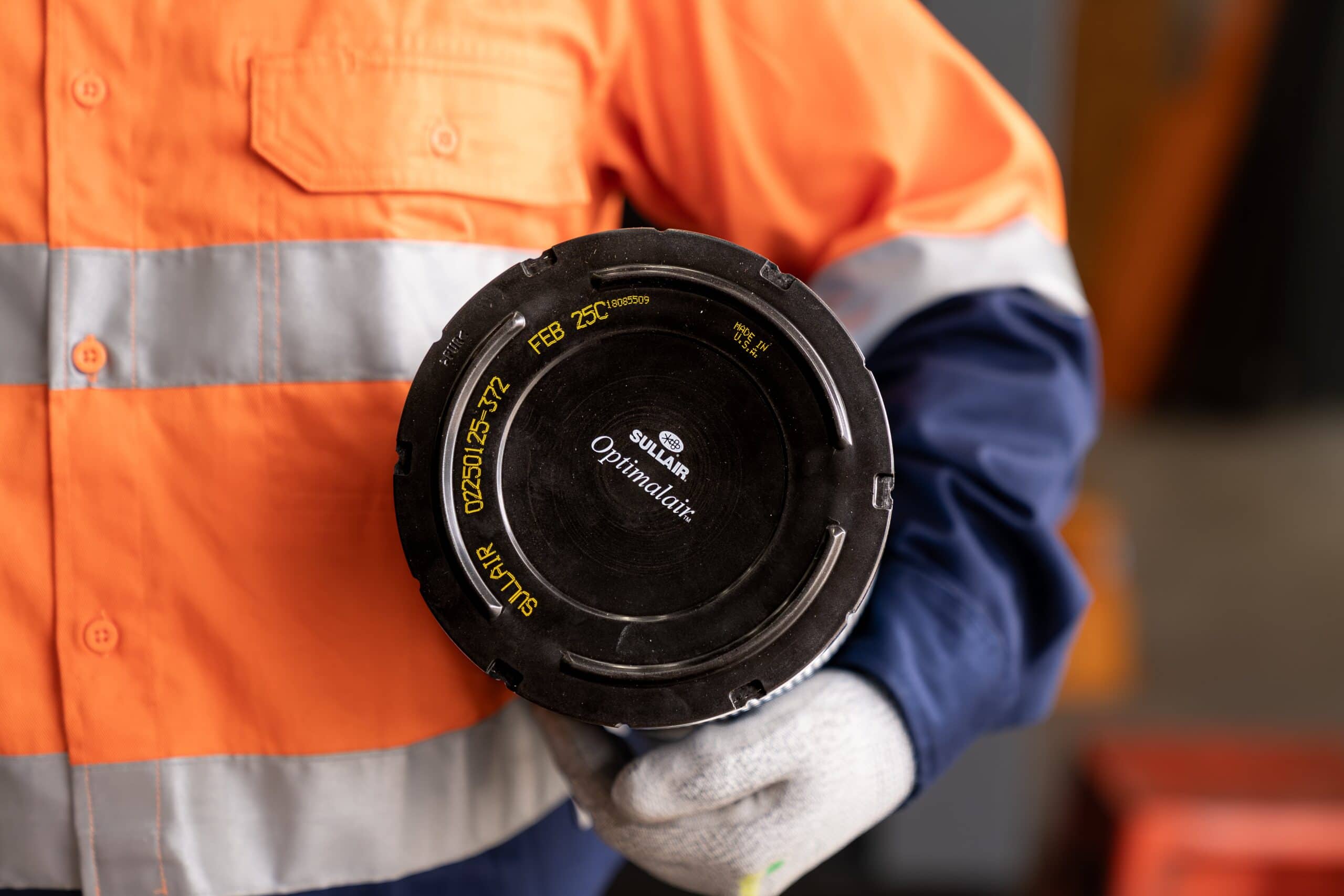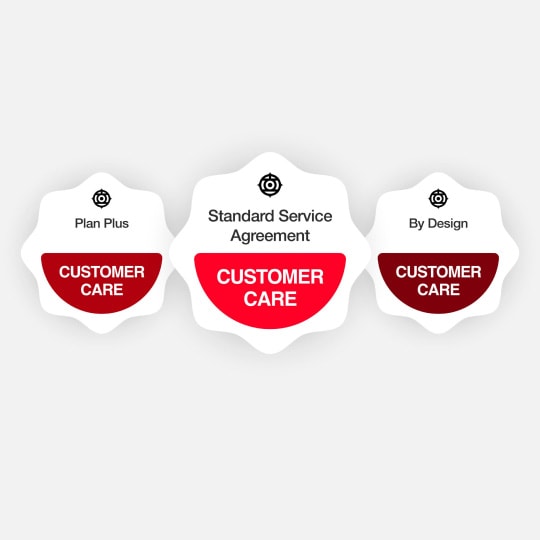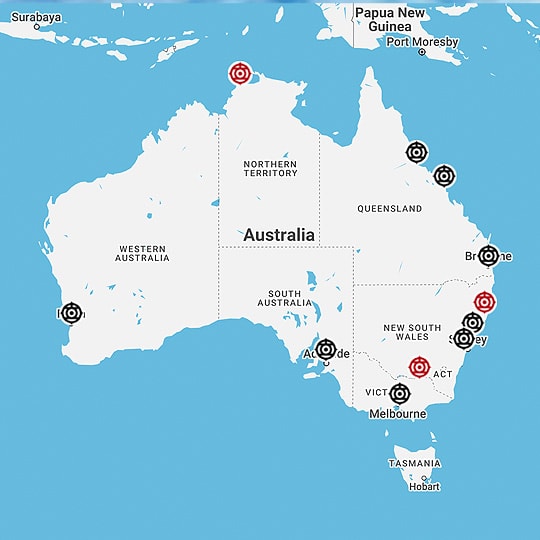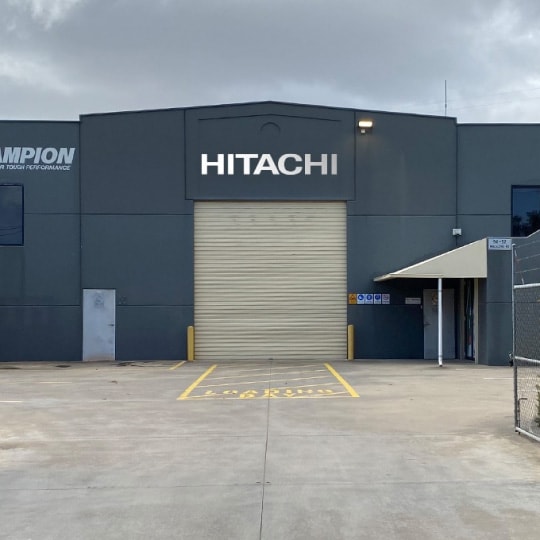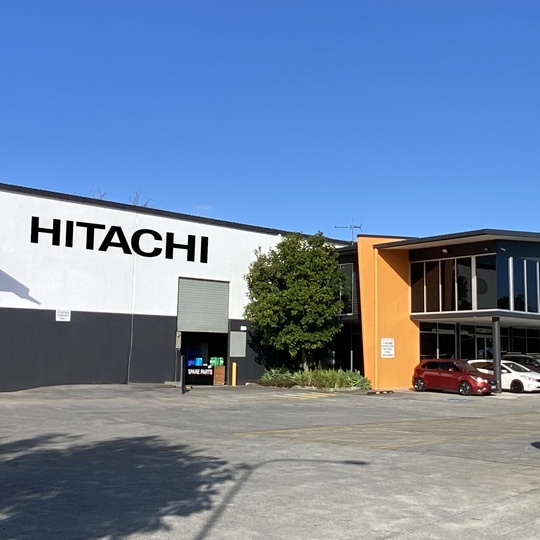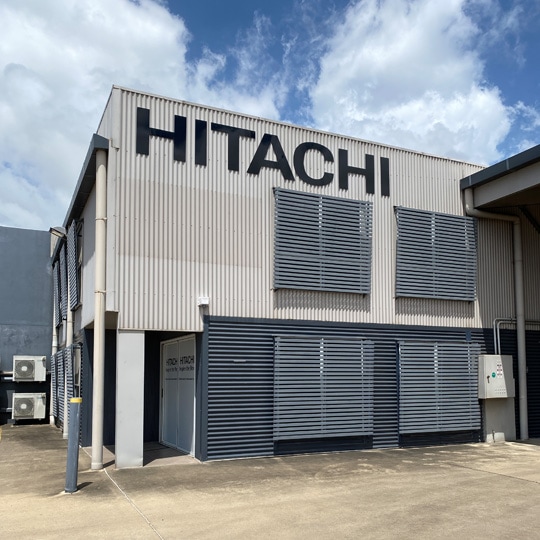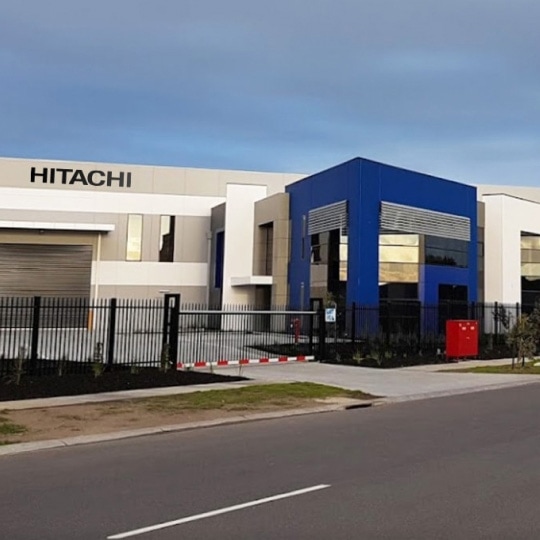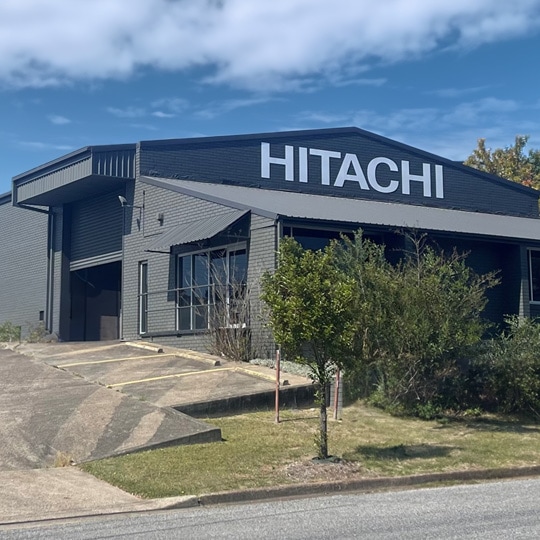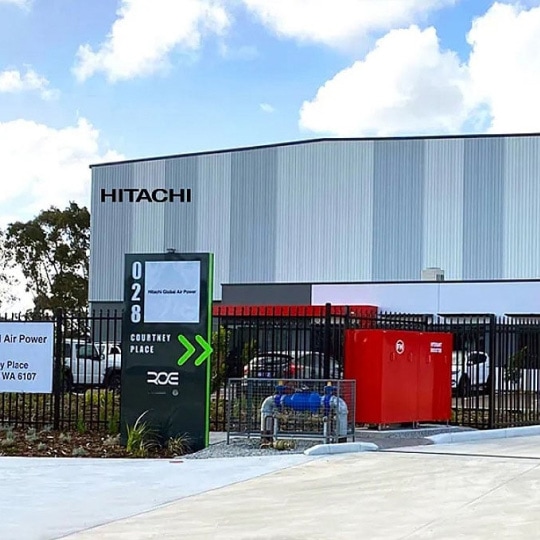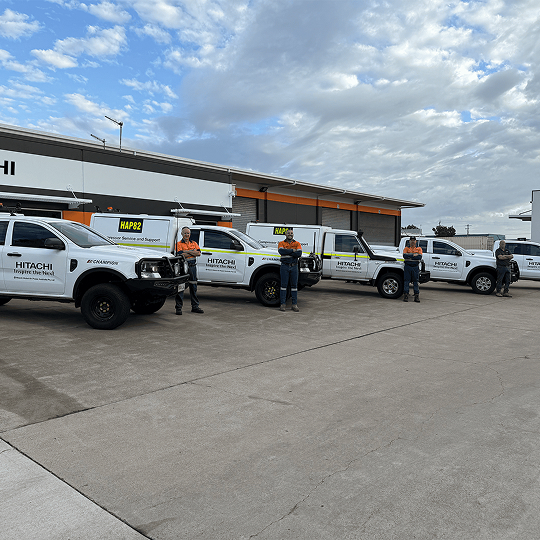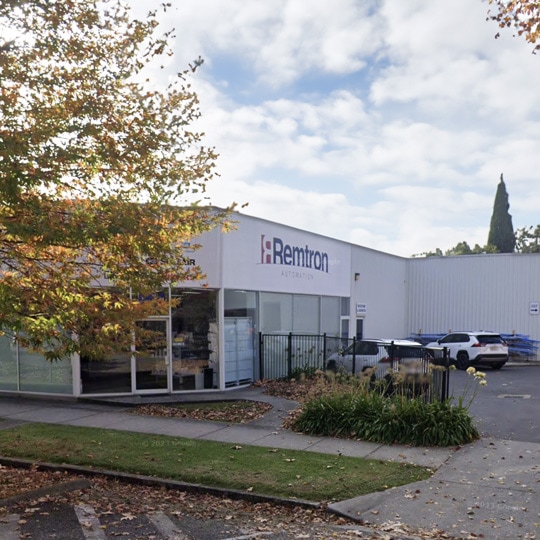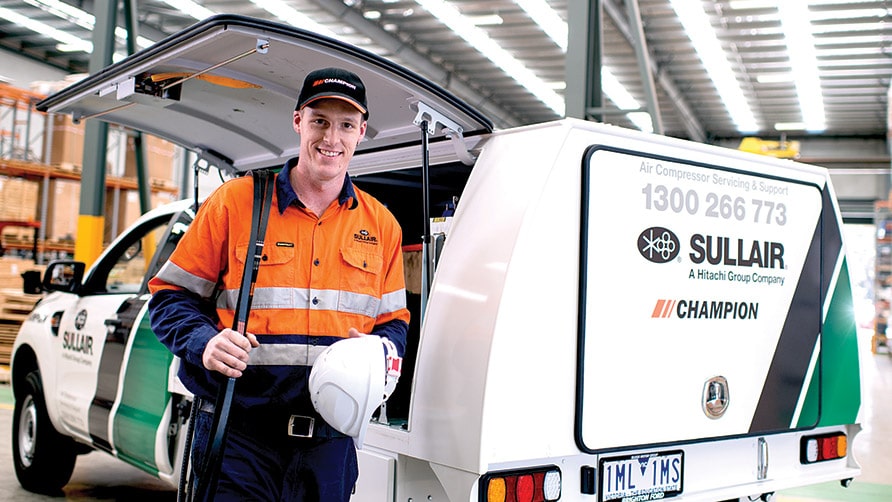
By Manhar Grewal and Sullair Australia
There isn’t much that can fully replicate the efficiency of buying a brand-new rotary screw air compressor, but we know making a large capital expenditure is not in the cards for everyone – especially when the economy is turbulent, or money is tight. Fortunately, there are some easy steps that can be taken to ensure an air compressor system is optimised for efficiency and longevity. With those goals in mind, there are some key things that if done regularly will improve and maintain the health of an air compressor system for the long haul.
Keep a close eye on filters
Air filters are vital components in a compressed air system. Not only do they help remove contaminants and debris, but they also help the compressor operate more efficiently and minimise the impact of wear and tear. Therefore, it’s important to routinely inspect and replace them. A great present-day example is to think of compressor filters like a person wearing a face mask. The mask restricts air flow when breathing and that’s exactly what a dirty filter will do. A mask will force a person to use extra energy to inhale, and the same reaction happens in a compressor. It’s important to keep a close eye on air, oil, and sump filters to minimise any additional energy being expended into the operation of the compressor.
Air filters create pressure (psi) drops, and while a new filter might be a 1-3 psi drop, a dirty filter could mean a 6-8 psi drop. Each psi drop will block more air, reducing the capacity to load. Ultimately, this means the machine is working harder and consuming more energy than is required. Oil filters are similar. When dirty, they will cause the oil system to require more power to filter through a higher psi drop across the dirty filter. Make sure to maintain both the oil filter and the separator element (which is sometimes referred to as the sump filter).
Get an oil sample
This is a commonly overlooked component of good air compressor maintenance. Oil sampling and analysis help to identify problems in the early stages, which minimises downtime, reduces repair costs and ensures energy efficiency. Not only do oil samples help ensure oil quality is good but they also check for metal particulates, which indicate there may be larger issues at hand, such as a failing air end. The dirtiness of the oil is also an indicator that other consumables need to be changed – things like the sump filter or oil filter. Depending on the environment, it may be that oil needs to be changed more frequently than is designated by the OEM. For instance, in dirty environments, the oil may need to be changed every 6,000 hours versus every 8,000 hours.
Keep your OEM maintenance on schedule
OEM maintenance should not be viewed as a burden, but more of an acknowledgement that parts simply wear down when they degrade over time or from usage. Sullair strives to stand behind its promise of durability and reliability by replacing the key components in the compressor to allow for longevity and optimal performance of the compressor. We take pride in our compressors lasting 10, 20, even 40+ years. We hope your compressors last that long, too, but it requires that OEM maintenance is kept up with to allow proper cooling, filtering, and health of the machine. Sullair Australia’s Customer Care Planning is the simplest way a customer can protect their investment in their compressed air system. Also it is important to be wary of non-OEM ‘will fit’ parts, even if the upfront cost savings seem worth it. In actuality, saving a few dollars on off-brand parts diminishes the initial investment in the compressor in the long run. For example, even though a cheaper filter fits, the media in the filter is never the same as the OEM filter, which can cause more expensive components like the air end to fail. Savings of a few dollars now could cost you thousands in the future.
Interested in finding out more?
For more information please contact the Sullair Customer Care Plan representative nearest to you or contact us here.

